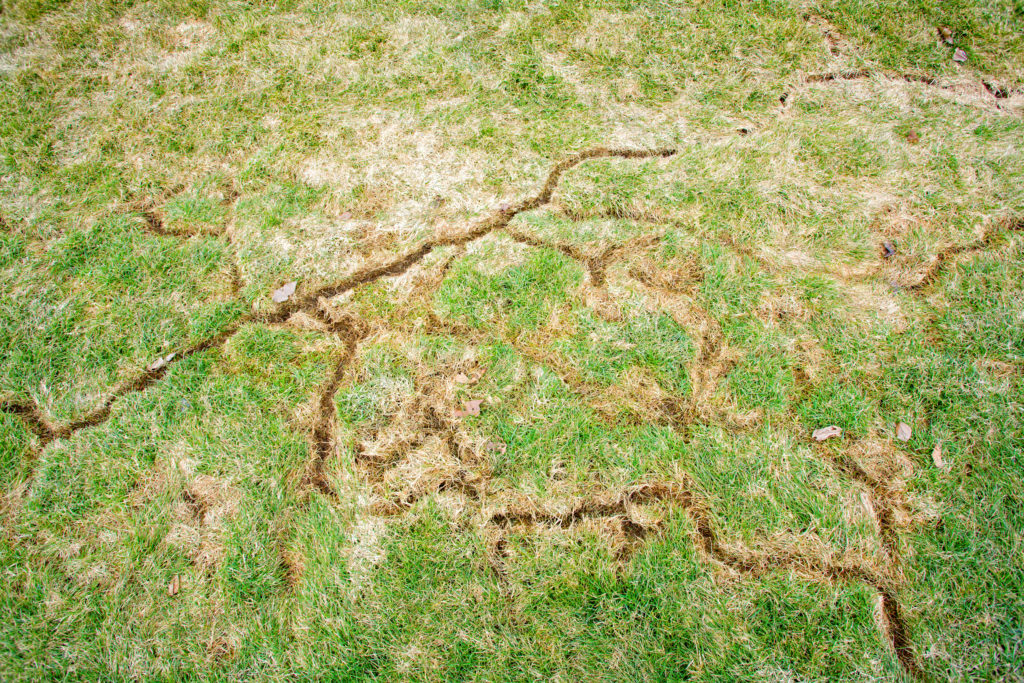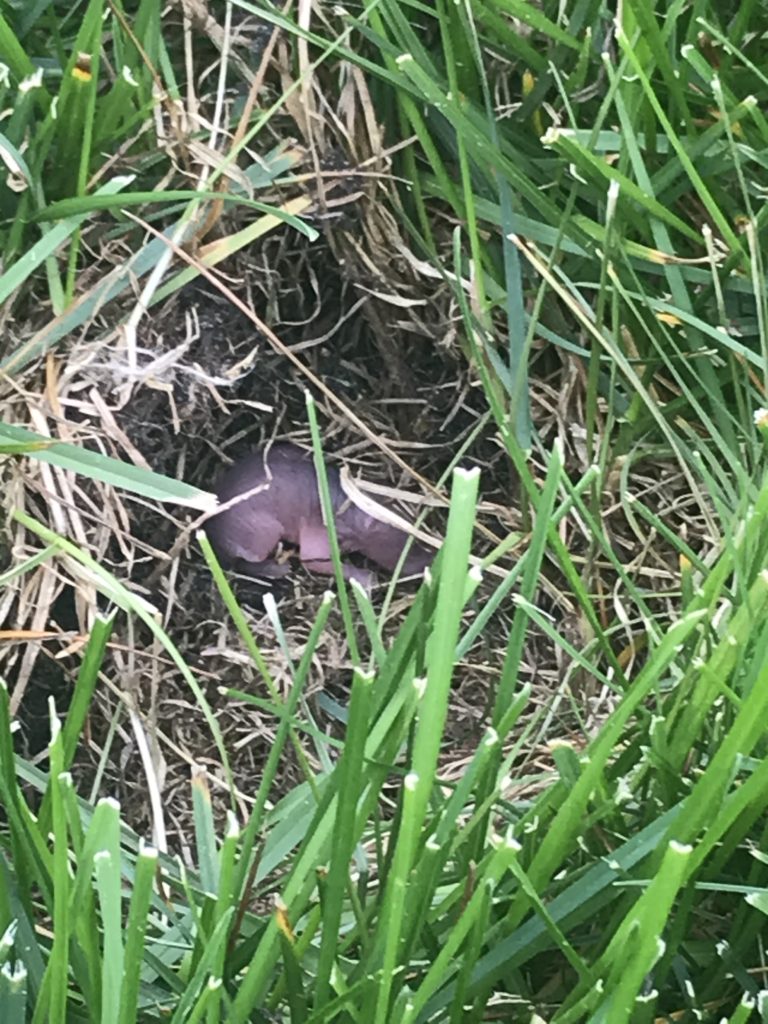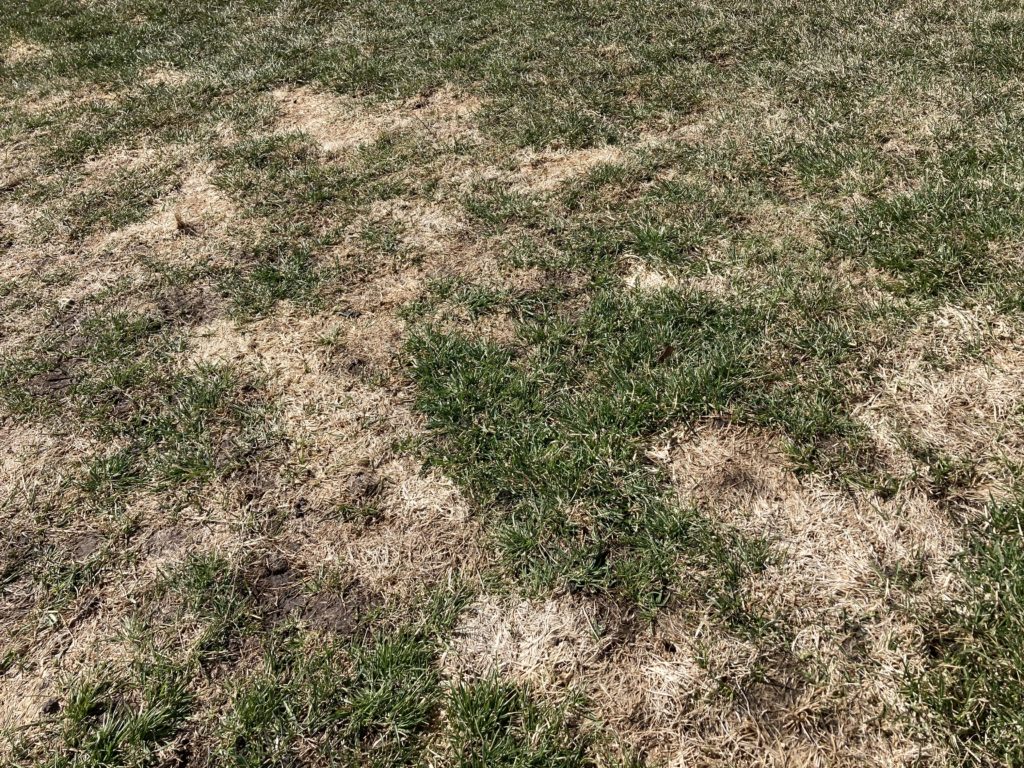Regardless of how long it takes for the first snow to fly, we immediately divide into two groups:
- Those who worry about voles
- Those who get surprised by voles in the spring

While voles may be more prevalent in newer construction, they can randomly appear and cause lawn damage to any age of landscaping. Rather than play Russian roulette with the lawn and other plants, it is best to be aware of the top tips for winter vole preparation.
#1 tip for winter vole preparation
Don’t wait for winter. If this tip is frustrating because winter is already on you, just use it as a guide moving forward. Don’t subscribe to the start and stop approach to vole control. Since a mama vole can get pregnant within 24 hours of birthing, we should be just as continuous on our control measures.
Help mother nature out for vole control
I would love it if all the natural predators could keep the voles under control. Natural predators include:
- Owls
- foxes
- hawks
- snakes
- coyotes
Despite a long list of critters willing to eat up the voles, our homes and landscaping do a marvelous job of protecting the voles from them. Voles get excellent hiding places and our neighborhood setups keep a lot of predators at bay for them. It is up to us to counterbalance our offsetting efforts.

Reduce attractiveness to reduce winter voles
Voles are looking for food and shelter when they venture into our landscaping. A lush green lawn with tall blades of grass are ideal for both feeding and insulating snow tunnels. By cutting the lawn short late in the season, the yard will be less attractive to them. Other ways to make your yard less attractive to voles dwelling on your property in the winter include:
- Remove leaves
- Eliminate grass clipping piles
- Keep firewood stacks elevated off the ground
- Create buffer zones between retaining walls and grass
- establish barriers between drainage ponds, sewers, fields, etc. and your landscaping

Knock it down and keep it down
Vole populations can grow extremely quickly. This is especially true in situations where our landscaping protection removes environmental stress from them. Monitor the population throughout the year and keep the populations down under control consistently to avoid having a population break out on your property. Of course, this doesn’t guarantee a population won’t expand into your yard or migrate, but when combined with all of the other factors, you reduce your risk of the aggravating sight of vole damage in the spring.

Most vole preparers should start here
While I am a fan of all of the above tips (especially because I wrote them), most people do not want to spend their limited time and efforts battling a mostly invisible foe. Use your time on the things you love and leave the vole battles to Rove Pest Control. Dedicate your time to family, sledding, snowshoeing, holiday planning, skiing, etc. Winter sure is wonderful; no wonder we chose to live here!
